I am trying to detect a large number of small circles that are in relatively close proximity to one another (only about 20 pixels apart) using OpenCV. I have managed to create this mask using cv::inRange() and cv::Canny().
Original Image

Mask

However, when I use cv::HoughCircles() only some of the circles are being detected accurately. Currently, I am using cv::HoughCircles() with the following parameters:
cv::HoughCircles(mat, circles, CV_HOUGH_GRADIENT, 2, mat.rows / 256, 100, 8, 2, 8);
Is this method not effective enough to detect circles that are this small and close together, or do I simply need to modify the parameters of cv::HoughCircles()?
Also, it would be useful to get rid of the "noise" surrounding the array of circles in the middle of the mask because some "false circles" are being detected around the edges of the mask. Is there a simple way to do this?

